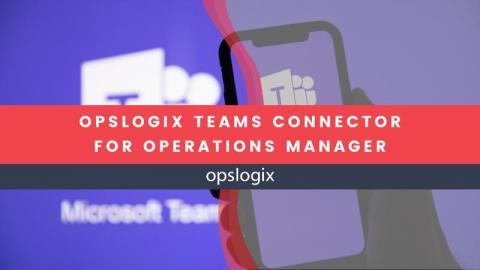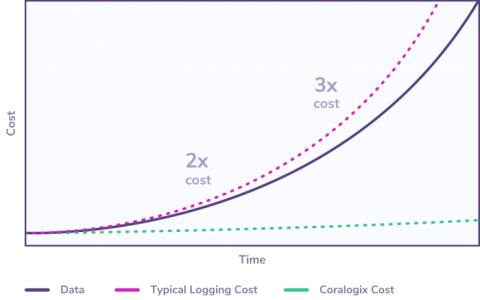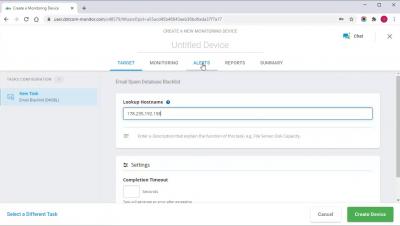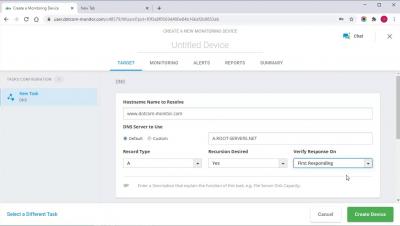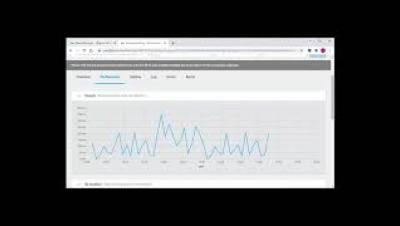Now in Beta: SLA Monitor by StatusGator
StatusGator has been monitoring hundreds of status pages for more than 5 years. During this time, we’ve collected millions of data points about the status of the cloud: What went down, how long it was down, messages about why, and more. As StatusGator grows, we’re working on ways to incorporate this archival data into StatusGator for various uses. One common use: holding vendors accountable to Service Level Agreements. Introducing: SLA Monitor by StatusGator.




